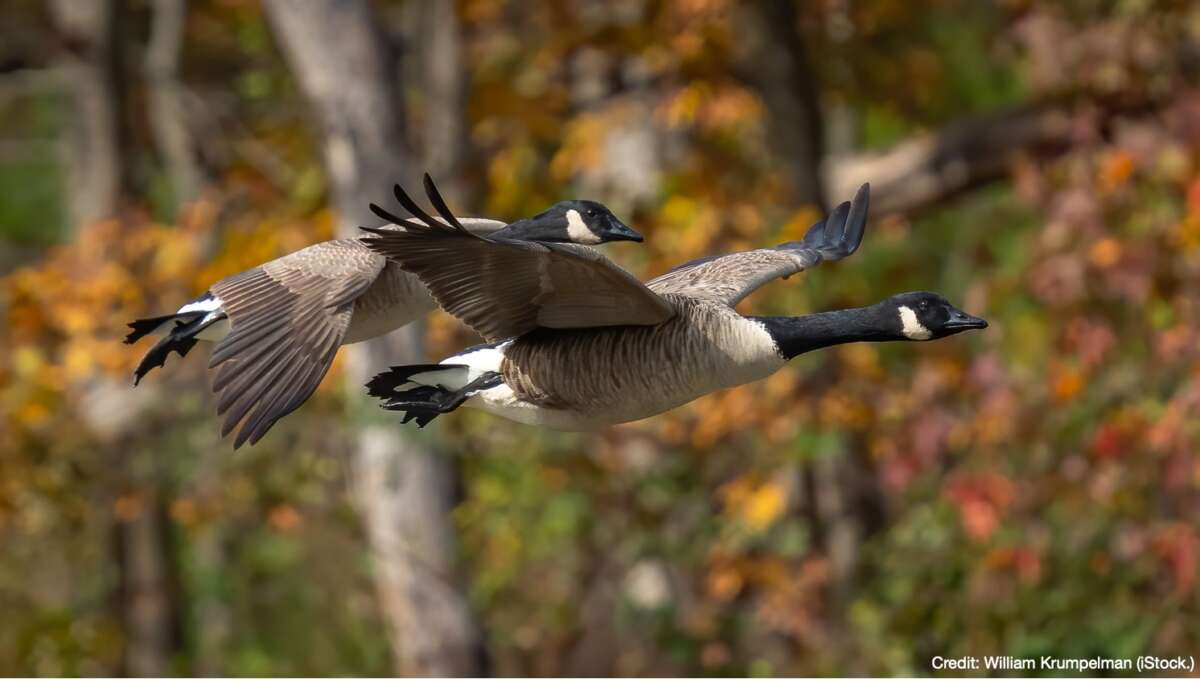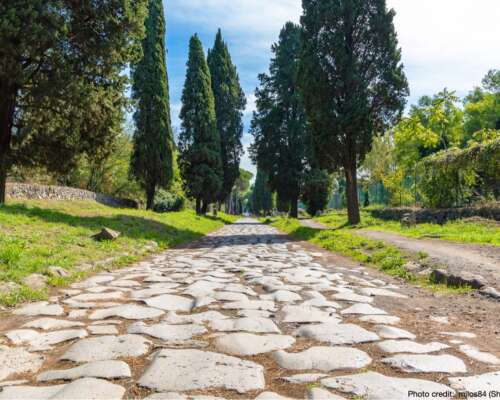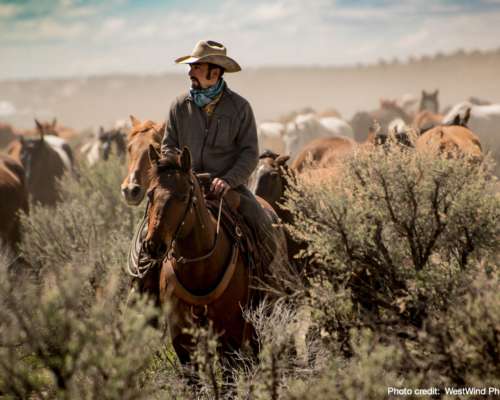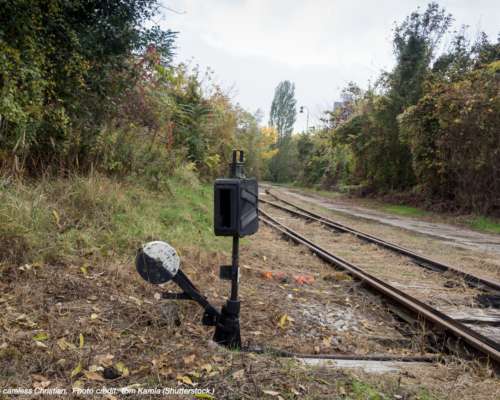The summer is slowly but surely coming to an end in upstate New York. The birds, chipmunks and squirrels have feasted on the last of the blueberries, strawberries and grapes in our back yard, and even a gentle breeze will dislodge nuts from the black walnut tree. Sitting outdoors on a summer night in upstate New York is at once both soothing and exhilarating. Fireflies are everywhere, creating a carnival-like festival of light. But now the fireflies have disappeared until next June when a new generation of noctiluca replaces them. The Iroquois equinox, known to many as autumn is fast approaching. In another few weeks, squadrons of geese will fly noisily overhead southward bound.

Some geese will choose to remain and brave the cold weather of winter, but they look wistfully to the skies as if torn by their decision to stay. While the daytime temperatures still reach into the mid-seventy degrees now and again, the early morning mercury drops into the low-fifties range. Days are getting shorter. By December, there will be six hours more of darkness each day than now. Until them, we have the wonderful, splendid season called autumn, or Hayë:neah as the Seneca Indians of New York called it.
The autumn equinox
The autumn equinox is that time each year when “the Sun is exactly above the equator” on its southbound migration (not that the Sun actually migrates.) At the equator on the autumn equinox, day and night are of the exact same length. By this time, upstate New York likely has already experienced its first frost. This is the event that causes the leaves to change color and drop. The event progresses fairly rapidly over a period of ten days to two weeks. Last year, we did not have a frost until October, and the trees had none of their majestic adornment, their leaves dropping off in quiet disgrace long before the temperature dropped, itself. Maple trees are the first to change color, with leaves of brilliant yellow and orange. Red Maple and Red Oak trees turn predictably ruddy, while the last trees to shed their leaves are the oak, hickory and beechnut trees.
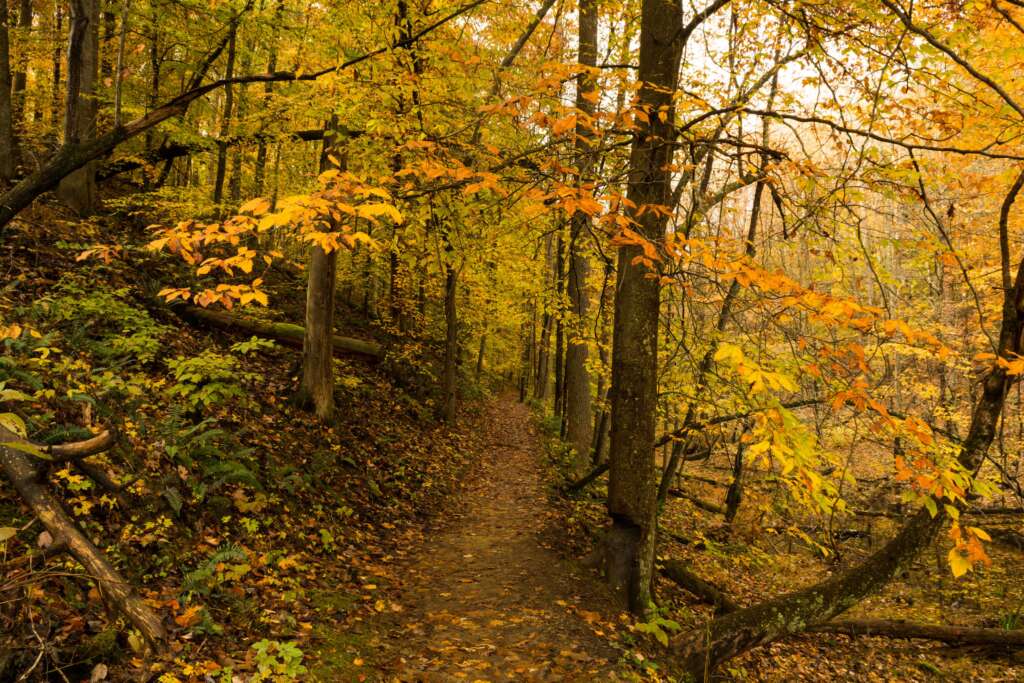
The people of the longhouse
The Seneca were the largest nation in the Iroquois Confederacy, a confederacy known by the other tribes as the Haudenosaunee or “People of the Longhouse.“ Contemporary members of the confederacy describe it this way:
“Called the Iroquois Confederacy by the French, and the League of Five Nations by the English, the confederacy is properly called the Haudenosaunee Confederacy meaning People of the long house. The confederacy was founded by the prophet known as the Peacemaker with the help of Aionwatha, more commonly known as Hiawatha. The exact date of the joining of the nations is unknown and said to be time immemorial making it one of the first and longest lasting participatory democracies in the world.”
As the largest nation in the confederacy, Senecas were also said to be “…the most powerful, most savage, warlike and cruel” of the other five tribes. But the name of the Senecas, themselves, did not speak to this and instead was Yson-nun-da-wa o no (or “People of the Great Hill.”) The geographical origin of the nation was the area around Canandaigua Lake in N.Y.
As a people, the Senecas had close family ties.
“Each tribe or nation had various local Clans. The Senecas were divided into eight of these clans, which were given the names of animals. Namely, the turtle, snipe, hawk, bear, beaver, wolf, deer and heron. All members of a clan were considered near relatives. One might not marry within his own clan.”
The longhouses that they and other Iroquois lived in were very distinctive and different than what one saw with the Plains Indians, or the tribes of the Southwestern U.S. and so on. According to authorities:
“Their homes were called “longhouses,” and as their name implies were long, made of elm logs and bark, with pitched roofs. One house would shelter many families of one clan and the husbands of the women. Sometimes, as many as 20 families shared a single longhouse. And several longhouses, sometimes as many as 100, constituted a village. These villages were surrounded by tall strong stockades to protect them from the enemy. Many elm trees needed for building were cut down with stone axes and stone-headed clubs. Bark from the trees was stripped, dried and used much as we use shingles on our homes today. Inside the longhouse, fires were built in a row along the length of the longhouse, sometimes as many as 12 fires to one longhouse, for lighting, cooking and heating.”
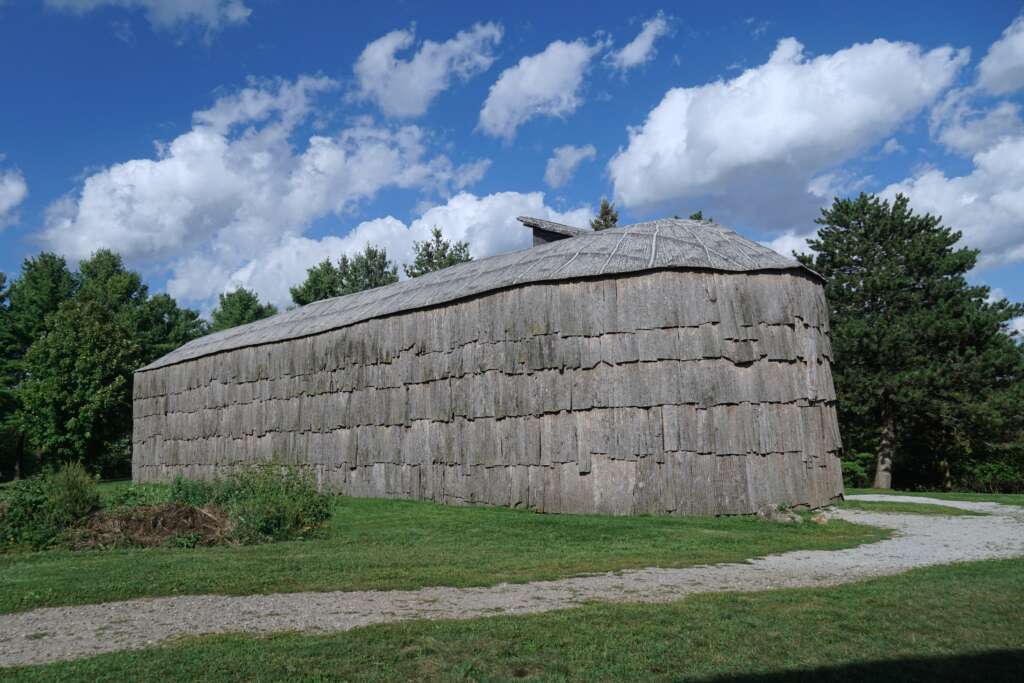
According to the Seneca Art and Cultural Center at Ganondagan in Victor, NY:
“Construction of a new longhouse began in the spring. First, a frame was built. Four large posts were sunk into the ground to serve as sturdy corner posts. Then young elm trees were cut for the frame of the longhouse. Once the frame was completed, strips of elm bark were cut to serve as siding. These bark strips were lashed to the frame using rope made of bark fiber. The only openings in the longhouse were the two doors, one on each end, and the smoke holes in the roof above each of the fires.”
Each family in the Clan had their own space in which to live, with a second tier in the longhouse as storage space. Two families shared the same fire, and on cold winter days, the time was used to repeat myths, tell stories, and instruct members of the clan on how things were done.
There was also considerable variation from one longhouse to another. Some were framed as a colonial farmer might build a large shed. Other longhouses had rounded roofs with makeshift doors covered with animal hide.
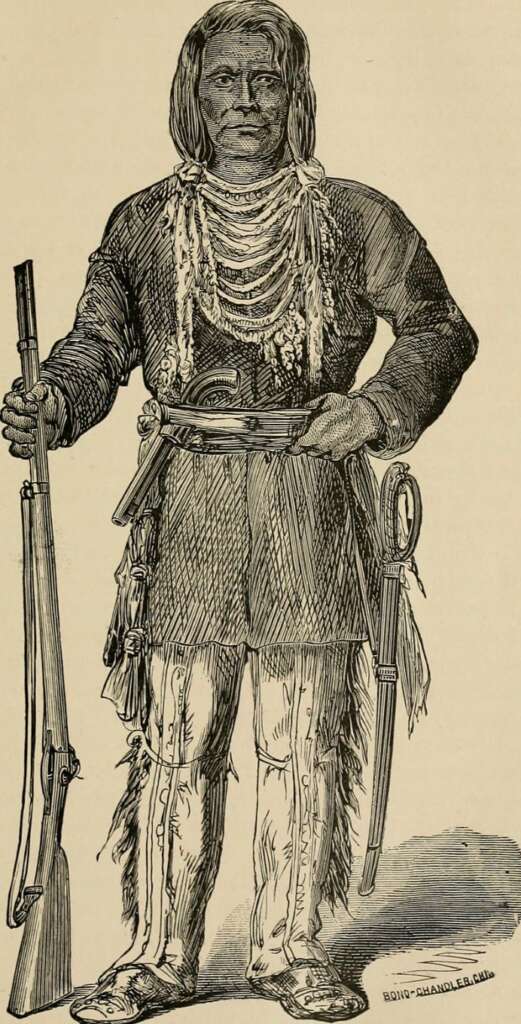
The Seneca and the members in the other five tribes or nations of the confederacy were in ancient times born in upstate New York. They hunted and fished, played snow snake, lacrosse and other games, loved and laughed, married, cried and died on the same land Deena and now call our home. For centuries before Jean Cabot, Samuel de Champlain and Hendrick Hudson took their first steps, members of these tribes and others roamed the forests and fields like Rousseau’s noble savage.
A great Sachem, the word for “Chief” once lived in and ruled from what would later become my town. His name was Skiwias and he was a Mohican. The Mohicans, incidentally, were not Iroquois but rather Algonquian. The Mohawks were Iroquois (it is a common mistake today to confuse the Mohawks with the Mohicans.) For the fifty square miles that my town now occupies, Skiwias in September, 1652 received “six pieces of cloth, 30 fathoms of wampum, four kettles, six hatchets, six chipaxes, six pairs of socks and 12 knives.”
The Seneca joined the Iroquois Confederacy in the year 1142 AD. We know this because there was an auspicious omen in the skies at the time . . . a total eclipse of the sun visible in this part of North America. The celestial event firmly cemented the Seneca’s place in the first governing body in North America, along with the Cayuga, Mohawk, Oneida, Onondaga and eventually the Tuscaroras. The legendary warrior Hiawatha (“He makes rivers”) mentioned above and who was eulogized by the poet Longfellow was of the Onondaga tribe.
In the autumn, the Seneca hunted the deer (oneogë’), duck (gä:da’s) and turkey (o’so:ön.) They also trapped the beaver (nöganyá’göh) whose pelts kept them warm on long, cold winter nights.
As members of today’s confederacy recall:
“Foods could also be gathered from the forests and Haudenosaunee women often went in search of mushrooms, berries, roots and shoots and even certain barks which could be used in soup. During hunting expeditions even the men would keep an eye out for certain edibles that could be brought back with them. Nuts were often brought back and included in breads. Among some of the nuts eaten were hickory, walnut, butternut, hazelnut, beechnut, chestnut and acorns. Root plants like wild potato were often used in stews.”
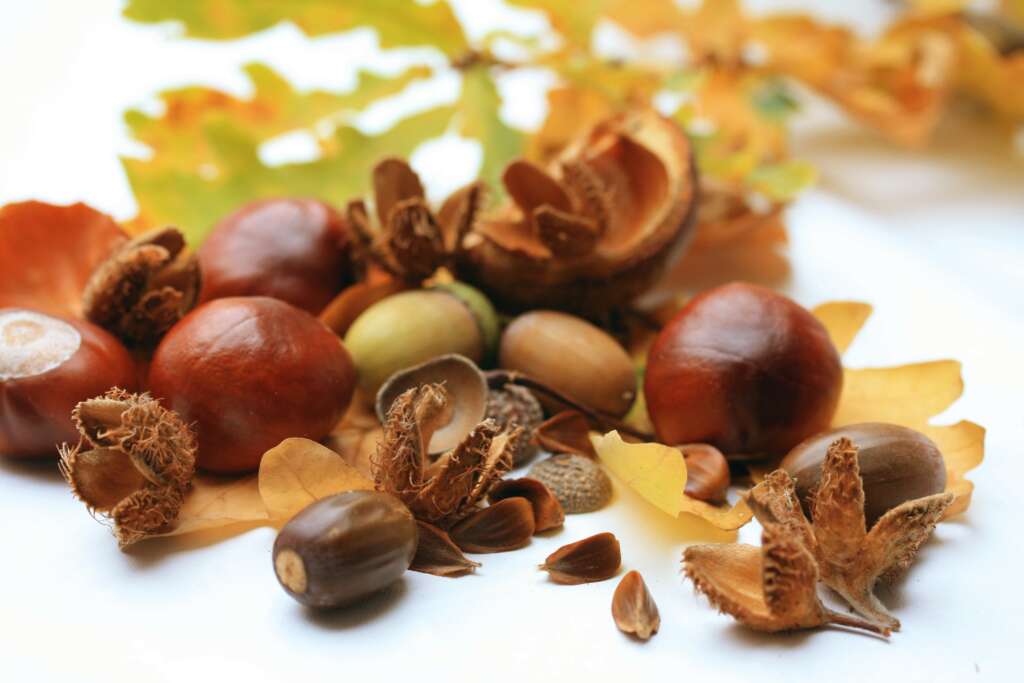
To us as children growing up on the land where the Iroquois once freely roamed, these same nuts formed a sort of token economy. The value of a nut, as agreed on, depended on the appearance of the nut and the relative scarcity. Because of a chestnut tree bight early in the Twentieth Century, chestnut trees were few and far apart. And given their mahogony appearance and smooth texture, these were prized above all. If you compared nuts to Topps baseball cards back then, a chestnut was like a Sandy Koufax. Next, was the beechnut. I had to walk several miles through forest and field to find the nearest beechnut trees, and since I refused to share the location with others, it had disproportionate value and I had the inside track when it came to currency speculation among third graders. The acorn, on the other hand, was the equivalent of a Whitey Ford bubble gum card, because those trees, like the Whitey Ford cards were everywhere. You only had to beat the squirrels to get to them. The butternut, on the other hand was completely worthless, because it had a sticky, gooey texture that would stain your clothes and guarantee that you’d get a lecture from your mother after you got home.
The Seneca harvested their corn (onó’dza’), beans (onösä’ah) and squash (o:nyösha’ö:weh) each year about this time. These vegetables were what the Seneca called the “Three Sisters” (Jöhéhgöh) or “what we live on.” They also had sweet tooths and harvested maple syrup (wahda’éosh sda’.) But compared to the other tribes who were nomadic or hunters, the Seneca were practically an agrarian society, with the men helping the women plant the crops and assiduously till the fields.
My wife and I love to spend winter days and evenings in the great room of our home watching the snow fall, talking together or viewing a movie while sharing a bowl of buttered popcorn. The Seneca, themselves, were no strangers to popcorn. They had a word in their language for it (öne:hsöhgwa’.) They did not discover popcorn, but they apparently ate it with relish according to historical accounts from European explorers.1
My wife was born and raised in the county we now live in. I, on the other hand, grew up about four days journey from here where the sun sets in terms of how the Iroquois traveled. People in the town we live in now are more fastidious about dress than where we lived in Texas where tee-shirts and baseball caps were almost de rigueur as “after six” apparel. Seneca women were equally preoccupied with their appearance, and groomed themselves with care:
“The tail of a porcupine served her as a combination comb and brush. She oiled her hair with a tonic from the sunflower seed. She powdered her nose with powder made from pulverizing the dry rotted inner parts of pine trees placed upon her countenance with a puff with built-in handle plucked from the swamp—the cattail. She crushed a large ripe red berry and smoothed it upon her cheeks for rouge. The unmarried girl wore her hair in two braids. After the marriage ceremony, it was all joined into the braid at the nape of the neck. She wore skirts and leggings in warm weather and full dresses of buckskin in cold weather.”
Men in the Seneca nation (indeed, across the Iroquois Confederacy) were less fashion conscious. “The man wore long hair only after the influence of the white man. Previously, the man shaved off all his hair except the scalp lock. He wore leggings, breech-clouts and kilts of buckskin, moccasins and buckskin shirts in winter. In summer, just breech-clouts kilt and moccasins.
Religion was an important matter for the Seneca factored in as far as almost every decision they made.
“Their religion and supernatural beliefs were divided into three categories: spirits, ghosts of the dead, and their Gods. They believed in the Master of Life from whom all good things came, and his brother, the Maker of Evil.”
“The Iroquois believed that Great Spirit indirectly guided the lives of ordinary people. Other important deities were Thunderer and the Three Sisters, the spirits of Maize, Beans, and Squash. Opposing the Great Spirit and the other forces of good were Evil Spirit and other lesser spirits responsible for disease and other misfortune. In the Iroquois view ordinary humans could not communicate directly with Great Spirit, but could do so indirectly by burning tobacco, which carried their prayers to the lesser spirits of good. The Iroquois regarded dreams as important supernatural signs, and serious attention was given to interpreting dreams. It was believed that dreams expressed the desire of the soul, and as a result the fulfillment of a dream was of paramount importance to the individual.”

If the Three Sisters (corn, beans and squash) had spirits as far as the Seneca were concerned, they have long since left the New York. Looking out of my bedroom window, it is hard for me to believe that anything supernatural was at work in our garden this season. We did not plant corn or beans, but our squash crop on a few square feet of soil in our garden was disappointing. Our pumpkin patch was worse than disappointing. We had blooms aplenty, and bees to pollinate the blossoms, but the flowers dried up like the fig in the gospel did (Matthew 21:18,19.)
As those of you who read Cooper’s “Last of the Mohicans” or saw the movie with Daniel Day Lewis, many Iroquois fought with the colonists again their blood enemy the Huron who were allied with the French during the French and Indian War. After the American Revolution, however, Washington did a shameful thing by sending Sullivan to pillage and burn Seneca villages, a search and destroy campaig that was not quickly forgotten.
As far as Christianity is concerned, Jesuits, Moravians, Methodists and Presbyterians in turn over the centuries competed for the religious allegiance of the Seneca. Many among the Senecas converted while others did not.
Today, the great Iroquois tribes straddle the U.S. and Canadian border, with the Senecas in other states as well.
How the Iroquois have affected me personally
Growing up in the Catskill Mountains, with only the woods and meadows to play in as a child made me feel firmly rooted to the past. I knew of a neighbor some twelve miles a way or so who had a Native American burial ground on his property, and there was a hush whenever he mentioned it to others. We would find arrow heads aplenty. I school we learned about the Iroquois and had to memorize the names of the tribes. My teacher shared a well known drawing of a longhouse and explained to hungry minds what it was like living as an Iroquois centuries ago.
I’ve lived in Texas and Florida and I’ve had friends or met others who were Comanche or Seminole. None captured my attention or imagination as the Iroquois did. Watching the morning mist rise between the mountains where the Delaware River winded and wended its way south created a very solemn moment. It was almost as if you hear a drum slowly, ceremoniously beating in the distance, or the soft rustling of moccasin clad feet running on the faint trail that passes you.
Look for a post on Hiawatha in the near future.
1 “Around the year 1612, early French explorers through the Great Lakes region noted that the Iroquois popped popcorn with heated sand in a pottery vessel and used it to make popcorn soup, among other thing.”
